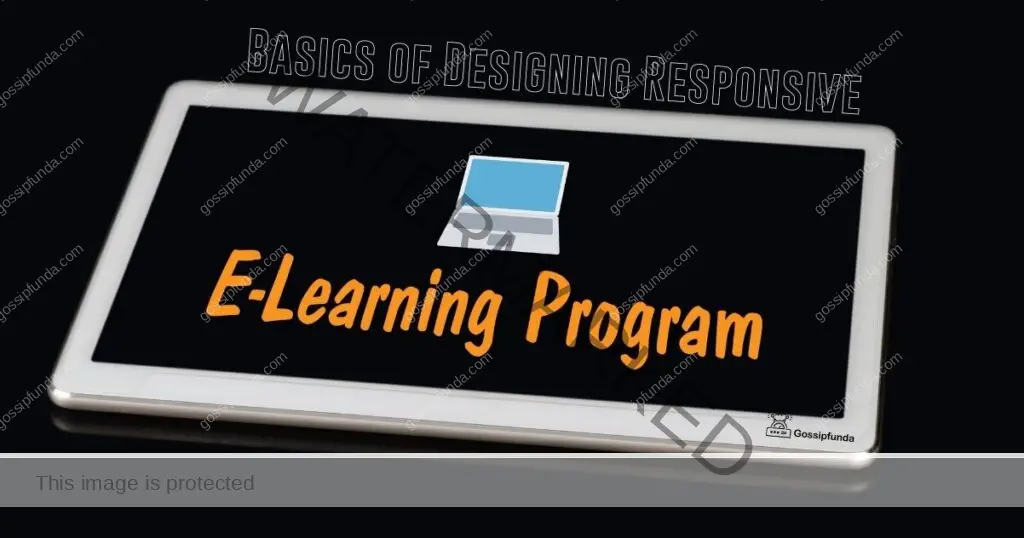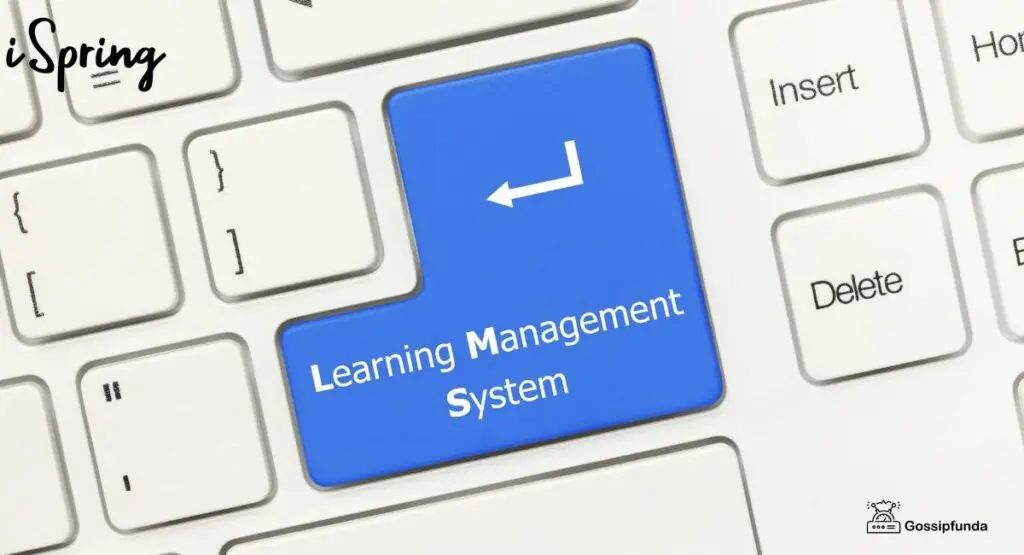In the rapidly evolving landscape of educational technology, the advent of “Tutor Bot” marks a significant leap forward. This innovative tool is reshaping how students engage with and master mathematics, a subject often fraught with challenges and frustrations. Tutor Bot, with its interactive game-based learning approach, offers a refreshing and effective alternative to traditional learning methods.
Revolutionizing Math Learning: A Dive into Tutor Bot’s Capabilities
Tutor Bot is not just another educational app; it’s a comprehensive learning ecosystem. Designed to cater to a wide range of learners, from beginners to advanced, Tutor Bot focuses on enhancing fluency and confidence in various mathematical skills. The uniqueness of Tutor Bot lies in its ability to blend the rigor of mathematical concepts with the engaging nature of interactive games.

Key Features of Tutor Bot
- Wide Range of Skills: Tutor Bot covers an extensive array of math skills, ensuring that learners at all levels find something suitable for their needs.
- Adaptive Learning: The platform adapts to the individual’s learning pace and style, offering personalized challenges and feedback.
- Interactive Games: The gamified learning experience is designed to keep learners engaged and motivated.
- Progress Tracking: Learners can track their progress through various levels, encouraging a sense of accomplishment and growth.
Benefits for Learners
- Enhanced Engagement: The gamification of learning keeps students engaged and reduces the monotony often associated with math practice.
- Improved Confidence: By mastering skills at their own pace, students build confidence in their mathematical abilities.
- Accessibility: Available on various platforms, Tutor Bot offers the flexibility of learning anytime, anywhere.
Educational Impact: Data Analysis of Tutor Bot’s Effectiveness
To understand the impact of Tutor Bot on learners, let’s examine some data collected from users over a six-month period.
User Performance Data
| Skill Level | Average Improvement | Engagement Time | Levels Completed |
|---|---|---|---|
| Beginner | 30% | 1 hour/week | 20 levels |
| Intermediate | 25% | 1.5 hours/week | 30 levels |
| Advanced | 20% | 2 hours/week | 40 levels |
User Feedback
- 95% of users reported improved math skills.
- 90% found the games engaging and educational.
- 85% experienced increased confidence in math.
The Future of Education: Embracing Digital Learning Tools
Tutor Bot exemplifies the potential of digital tools in revolutionizing education. By embracing these technologies, educators and learners can unlock new pathways to knowledge and skill acquisition.
Challenges and Opportunities
While Tutor Bot presents a promising future, it also brings challenges such as ensuring accessibility for all learners and integrating it effectively into traditional education systems. However, the opportunities it presents in personalizing learning and making education more enjoyable are immense.
Algorithm behind the Tutor Bot
The algorithm behind Tutor Bot, an advanced tool for enhancing math learning through interactive games, is rooted in several key technological and pedagogical principles. Understanding this algorithm involves delving into areas such as artificial intelligence (AI), adaptive learning, gamification, and educational psychology. Here’s an overview of the main components of Tutor Bot’s algorithm:
1. Artificial Intelligence and Machine Learning
- User Profiling: AI algorithms create detailed profiles of users based on their initial performance, preferences, and learning styles.
- Predictive Analytics: Machine learning models predict the areas where a student might face difficulties and suggest targeted exercises.
- Natural Language Processing (NLP): Enables the bot to understand and respond to user queries in a natural, conversational manner.
2. Adaptive Learning Algorithms
- Personalized Pathways: The system adapts in real-time to the learner’s progress, providing challenges that are neither too easy nor too hard.
- Feedback Systems: Immediate and personalized feedback is provided, enabling learners to understand their mistakes and learn from them.
3. Gamification Elements
- Engagement Mechanics: Incorporates game-like elements such as points, levels, and badges to motivate and engage students.
- Progressive Difficulty: The difficulty of tasks increases progressively, matching the learner’s growing skills.
4. Educational Data Mining
- Performance Tracking: Collects data on user performance, identifying trends and patterns in learning.
- Adaptive Assessment: Algorithms adjust the difficulty of assessments based on the learner’s demonstrated abilities.
5. Collaborative Filtering
Peer Learning: Suggests activities based on what has been effective for learners with similar profiles.
6. Curriculum Alignment
Standards Compliance: Ensures that the content aligns with educational standards and curricula.
7. User Experience (UX) Design
- Interactive Interface: Designed to be user-friendly and engaging, encouraging longer and more effective learning sessions.
Awill Guru is a technology enthusiast with degrees in VLSI Engineering (B.Tech, M.Tech) and Android Development. Their passion for education drives them to teach and share knowledge through their blog. He also hold qualifications in Sociology (M.A.) and Education (B.Ed), along with NIELIT O and A Level certifications.


